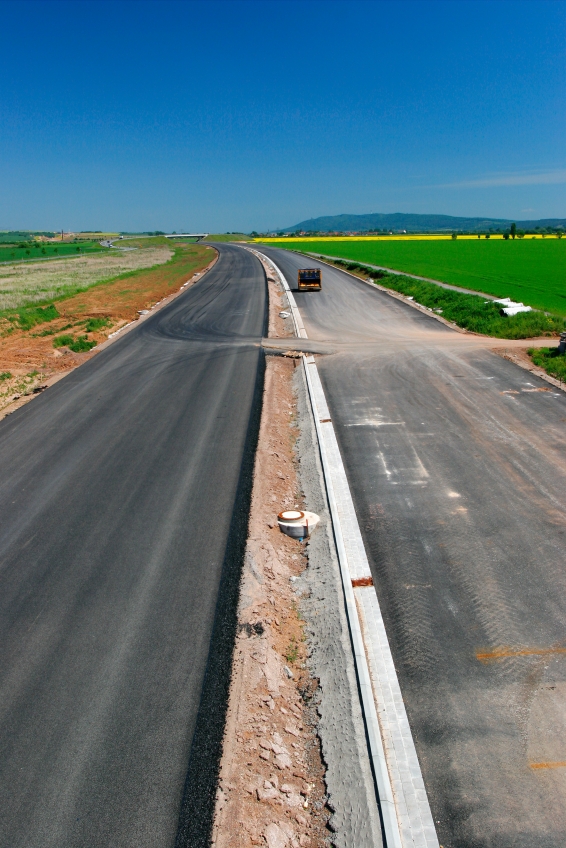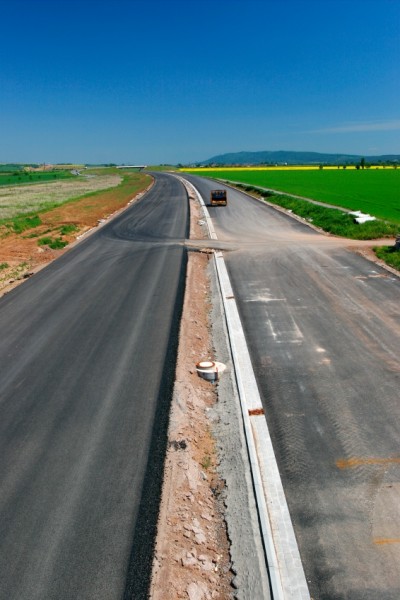*Update: Clark does the math on the Viaduct vote!
After following the Seattle Viaduct debate (see the series), Sightline research director Clark Williams-Derry does the math on the viaduct and comes to a few simple conclusions:
1. Roads are really expensive! Just do the math!
All of the options are expensive. For just over 2 miles of road we’re talking about costs ranging upwards of $3.4 billion.
Let’s do the math on what that means:
- The $2.8 billion for the re-build option spread across the population of Seattle, is nearly $5,000 per person, or $20K for a family of four.
- The viaduct carries about 55,000 round trips per week day (110,000 trips total), so the privilege of continuing a daily commute on the new viaduct comes to over $50,000 per round trip. You could buy each driver’s car and give a lifetime bus pass for way less!
- Calculate it per peak hour round trip—the only time when the street grid is currently full to capacity—and you’re talking ~$500,000 in taxpayer spending to support each round trip driver. See this post and below on rush hour.
We owe it to ourselves to take a good, hard look at the issue, to see if there’s a cheaper solution.
2. Let’s look at the real problems
Let’s define the problem correctly. It’s not moving cars. It’s getting people to jobs, moving goods and freight through downtown, and giving Seattle the best possible waterfront—and solving these problems as cost-effectively as possible. Before we commit to a decision, let’s make sure we’re addressing the relevant problems:
- Short-term, what’s the most cost effective way to move people and goods safely into and through downtown?
- Long-term, do we really want to tie up some of the most beautiful and valuable real estate in the region with a big road? How do we want the city to look and to get around in 50 years? In an era of rising gas prices and global warming, do we really need to shackle the downtown core with an expensive highway?
3. Let’s open our mind to better solutions.
 Let’s keep all options on the table—which means getting a thorough, credible, and independent review of a no-build option that gives due consideration to all of the available transportation strategies.
Let’s keep all options on the table—which means getting a thorough, credible, and independent review of a no-build option that gives due consideration to all of the available transportation strategies.
Remember—the no-build is the only reversible decision.
4. Let’s take on the thorniest problem: Rush hour
How do we handle demand for 6,000-7,000 trips through the downtown core, at a time when all routes are clogged? Can you really solve this without a highway? Here are options, ranging from the inevitable, to the obvious, to the good bets, to the more speculative:
- The bus tunnel will re-open and add capacity;
- Sound Transit will run trains and buses in the downtown tunnel too;
- Ron Sims’ 49 steps—ramp up street transit, improve the street grid;
- Ramp up vanpools and carpools;
- Close the viaduct slowly, one exit at a time over 3-5 years, giving people a chance to adjust;
Note—those 5 solutions, by themselves, would likely accommodate most, if not all, of the demand for 6,000 rush hour trips. Other options include: - Job matching: Some people live north of downtown, and work south of downtown, others the opposite, with both working for the same company. Identifying those people and encouraging their employers to swap their job sites, would yield a small but potentially significant reduction in commute demand for relatively little cost;
- Toll I-5: A range of tolling options is possible—from tolling only big rigs during rush hour; tolling only certain lanes, offramps, and on-ramps; adjusting tolls to discourage travel at peak hours, or encourage carpooling;
- Tax downtown parking to discourage driving; use revenue for street and transit improvements;
- Institute a London-style congestion charge for driving into the downtown core during peak hours.
Read the full series on the Great Seattle Viaduct Debate








